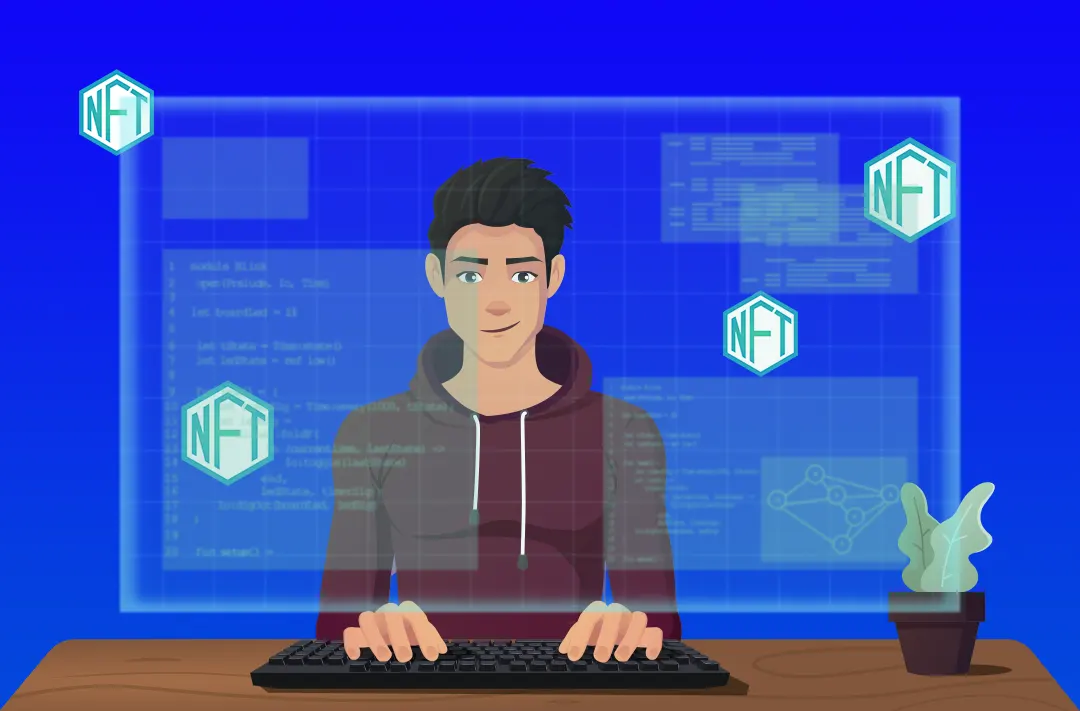Ordinals developers find a way to bypass the block size limit on the BTC network
They have introduced a feature that combines inscriptions on the Bitcoin network

12.06.2023 - 13:40
436
2 min
0
Ordinals developers have introduced a method, called recursive inscriptions, to overcome Bitcoin's 4 MB per block size limitation that restricts the size of NFTs.
Previously, inscriptions representing tokens and NFTs on Bitcoin were independent of one another, unaware of other inscriptions. The new feature allows inscriptions to reference the content of other inscriptions using a special syntax. This was brought into the Ordinals system on June 10.
"This simple change unlocks many powerful use cases," said pseudonymous developer Leonidas, who's building the Ord.io marketplace for inscriptions.
Focused on on-chain inscriptions on the Bitcoin network, the Ordinals protocol came to prominence earlier this year, enabling the creation of BRC-20 tokens and NFTs and causing a surge in Bitcoin transactions and fees on the network.
Recursive inscriptions, however, can enhance efficiency and reduce costs. For example, instead of individually inscribing thousands of JPEG files for a profile picture (PFP) collection, developers can inscribe the collection's traits and programmatically render the images through small amounts of code in subsequent inscriptions.
The approach not only streamlines the storage of artwork on-chain but also presents the opportunity to save on transaction fees. "The art is just stored on-chain in a much more efficient way, which could have saved over a million dollars in transaction fees in the case of Bitcoin Apes," said Leonidas.
Leonidas points out that recursive inscriptions can also be used to inscribe functioning computer code that anyone can use. NFT project OnChainMonkey has already put code on Bitcoin that it used to create 3D art with less than 1 KB of data. Yet since this code is public, anyone can now use it.
Building video games on Bitcoin
Taking the concept further, combining inscriptions can enable additional functionality beyond the 4 MB Bitcoin block limit. While the size of each inscription wouldn’t exceed this limit, the combined inscription can.
This could lead to use cases including complex 3D video games. Each part of the game's code could be stored in different inscriptions.
Right now there are already very simple games that are stored on Bitcoin and can be interacted with. Some can be played on the Ord.io marketplace.
Beyond this, there could even be an internal internet within Bitcoin. This would effectively transform Ordinal marketplaces and explorers into Bitcoin web browsers, allowing users to surf the blockchain and explore its ecosystem.
Platforms such as the official Ordinals explorer and Ord.io will soon support recursive inscriptions, including any of the various potential use cases.
This material is taken from the website https://www.theblock.co.
Useful material?
Market
Shares of the Trust are designed to track the market price of XRP with fewer fees and expenses
Jan 17, 2025
Market
The asset will allow USDT to move seamlessly between different blockchains
Jan 17, 2025
Market
Earlier, the community criticized the project for its lack of transparency, which led to a sharp drop in the HYPE token price
Jan 8, 2025
Market
Rising US Treasury bond yields are negatively affecting risk assets
Jan 8, 2025
Mining
The Avalon Mini 3 is available for pre-order at $899
Jan 8, 2025
Market
The exchange obtained the documents as part of the Freedom of Information Act proceeding
Jan 6, 2025









 Telegram
Telegram  Twitter
Twitter